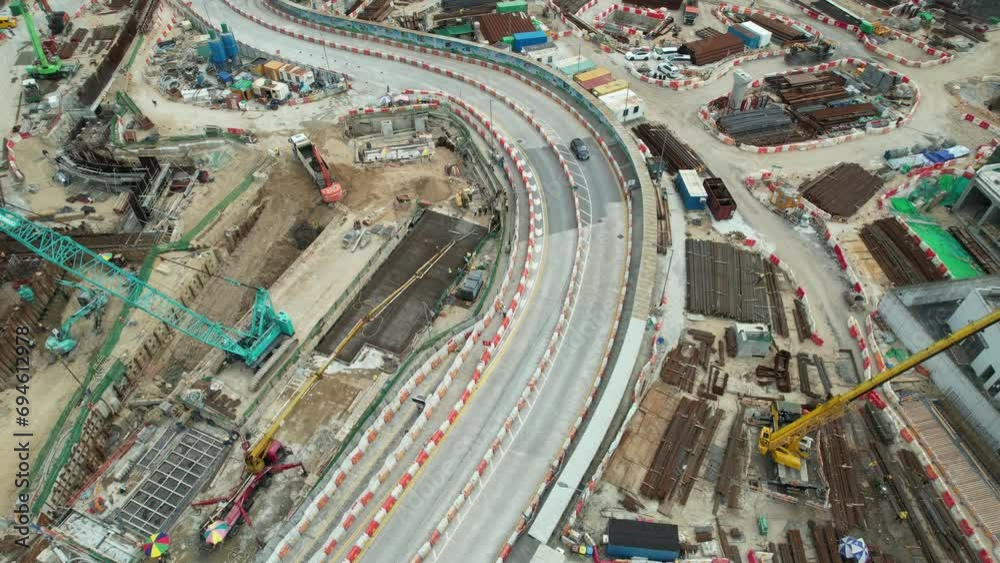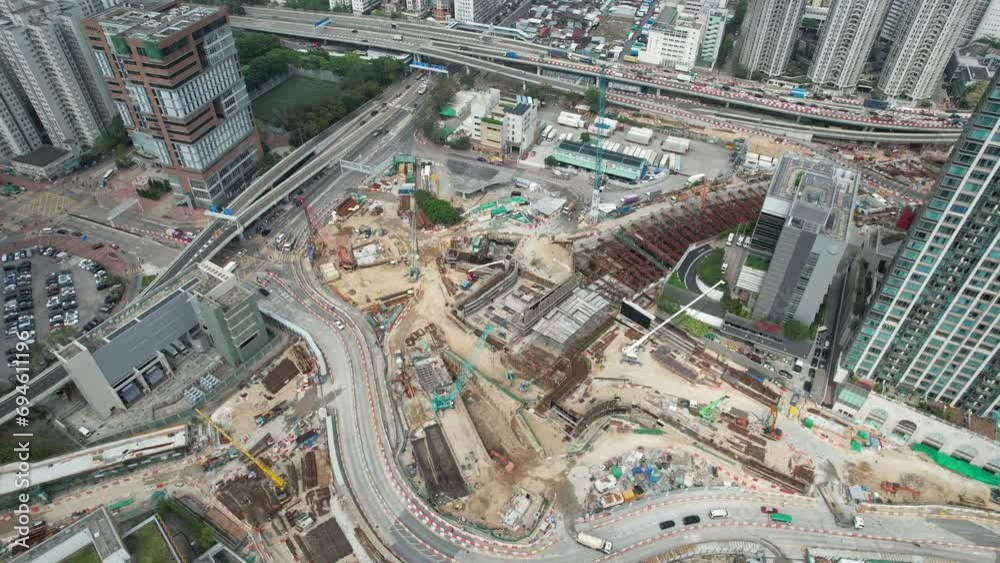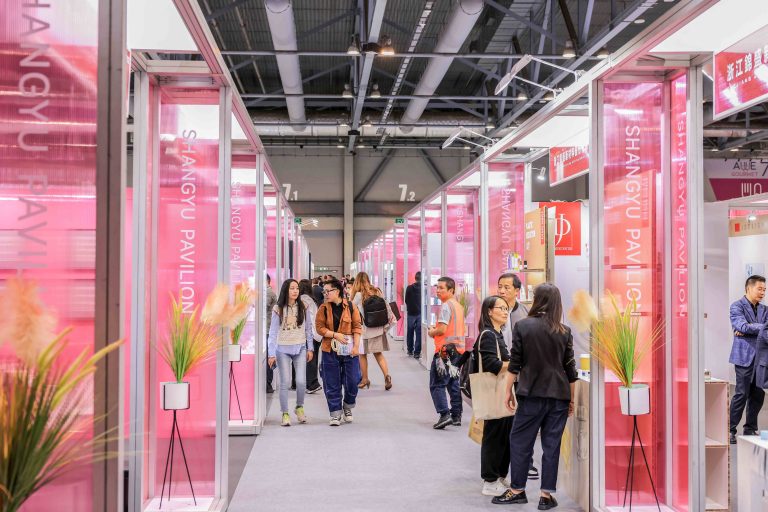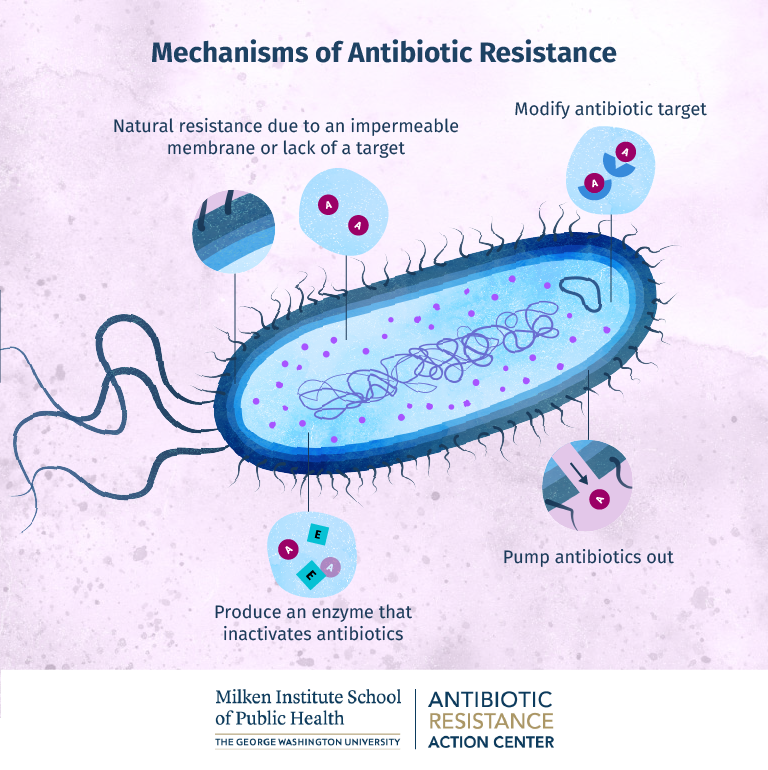Hong Kong’s transportation infrastructure is set to receive a significant upgrade with the upcoming opening of the Yau Ma Tei section of the Central Kowloon Bypass on December 21, as announced by Chief Executive John Lee Ka-chiu. This innovative roadway promises to transform travel experiences for thousands of commuters by dramatically reducing travel times and alleviating long-standing traffic congestion in the Kowloon area.
Stretching 4.7 kilometers, with a remarkable 3.9-kilometer tunnel, the bypass is a dual three-lane carriageway that will connect West Kowloon’s Yau Ma Tei Interchange to the Kai Tak Development Area and Kowloon Bay. The strategic design offers unprecedented connectivity, linking crucial areas including Hong Kong (West), Kwai Chung, Lantau Island, Cheung Sha Tsui, and multiple key neighborhoods through major routes like Hoi Po Road and West Kowloon Highway.

The most compelling benefit for commuters is the dramatic reduction in travel time. Currently, a journey from Yau Ma Tei to Kowloon Bay consumes approximately 30 minutes. Once the bypass becomes operational, this same route will take merely 5 minutes—a transformation that promises to revolutionize daily commuting for thousands of residents and workers.

Beyond individual travel convenience, the bypass is designed to significantly improve the broader transportation ecosystem. It will substantially reduce traffic pressure on existing east-west corridors in Kowloon, including Lung Cheung Road, Argyle Street, and Boundary Street. Neighboring districts like Wong Tai Sin, Ho Man Tin, and Kowloon City are expected to experience notable improvements in road network efficiency.

The construction process itself was a testament to engineering complexity and innovation. The project navigated extraordinary challenges, including alignment through densely populated urban areas and intersection with seven existing MTR lines. Engineers had to carefully reprovision public facilities and conduct temporary reclamation works while maintaining minimal disruption to community life.

Technically, the project incorporated multiple sophisticated construction techniques, including the development of flyovers, a drill-and-blast tunnel, and an underwater tunnel. Each segment presented unique engineering challenges that required precise planning and execution. The project team embraced digital technologies and innovative approaches to overcome these obstacles, simultaneously protecting nearby historic buildings during construction.
Currently, the Highways Department and its contractors are finalizing the project, conducting comprehensive system tests and operational drills to ensure complete safety and functionality. The meticulous preparation underscores the project’s significance not just as a transportation solution, but as a strategic infrastructure investment supporting Hong Kong’s continued urban development.
The Central Kowloon Bypass Yau Ma Tei section represents more than just a new road—it symbolizes Hong Kong’s commitment to intelligent urban planning and infrastructure development. By reducing commute times, easing traffic congestion, and improving regional accessibility, this project demonstrates how thoughtful engineering can meaningfully enhance urban living experiences.












